Recent News
- Alyssa was awarded a Very Early Career Outstanding Presentation Award at the AMS 21st Conference on Mesoscale Processes!
- Undergrad researcher Chris Johanson was awarded a Wilkes Climate Science Center Scholarship for undergraduate research for Fall 2025!
- Undergrad researcher Kyle Ebner graduated with his BS in Atmospheric Sciences in May 2025. Congrats Kyle!
- Alyssa did an interview on the Everything Weather podcast with Kyle David. Listen to the episode to hear about her career journey so far and her research interests!
Our Team
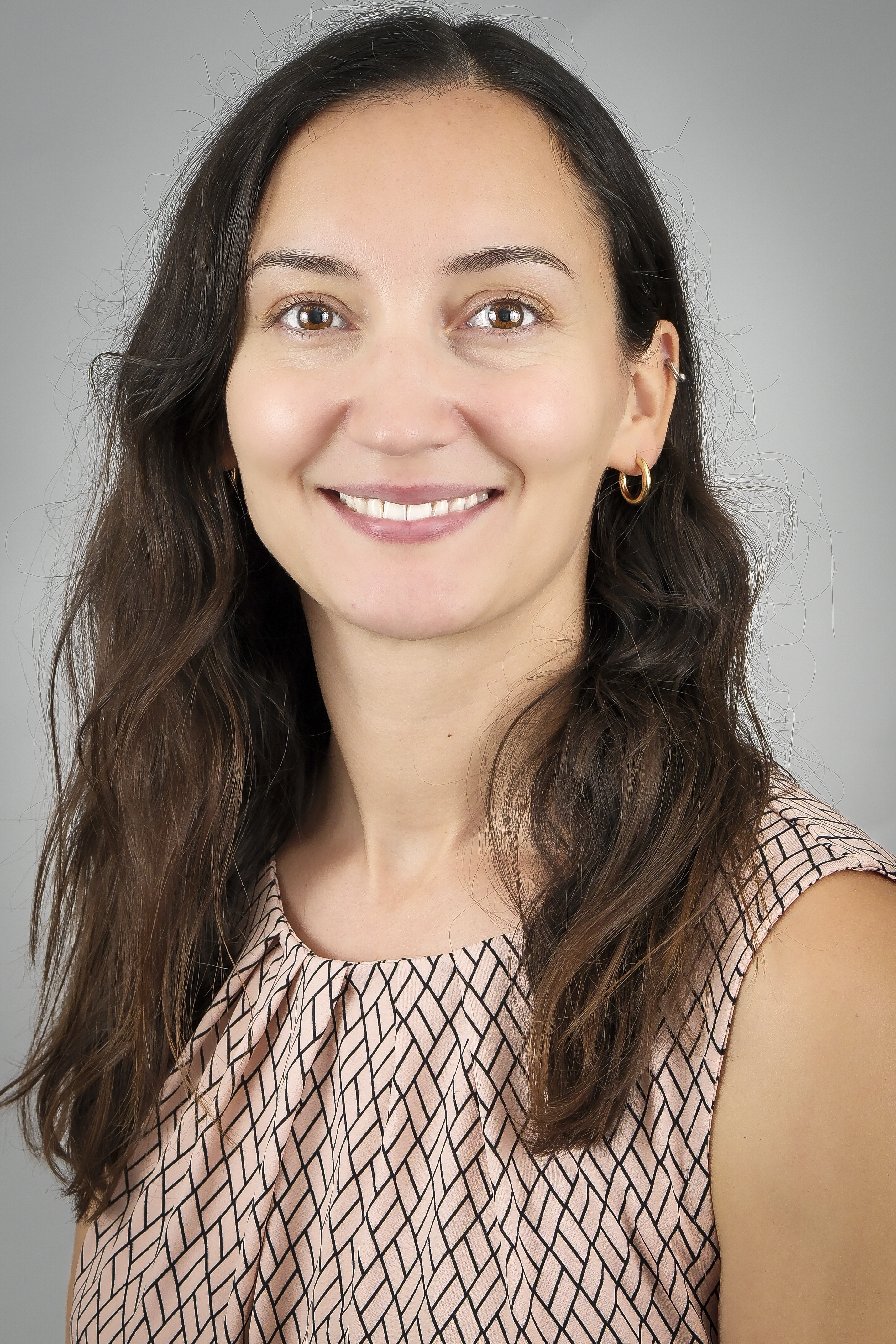
Alyssa M. Stansfield, PhD is a tenure-track assistant professor in the Department of Atmospheric Sciences and a Wilkes Center for Climate Science & Policy Fellow at the University of Utah. Previously, she was a NSF AGS Postdoctoral Research Fellow at Colorado State University. She graduated with her PhD in Atmospheric Science from Stony Brook University in May 2022 and with a BS in Meteorology from Rutgers University in May 2017. Her research group focuses on combining advanced atmospheric modeling and observations to better understand how extreme weather and its impacts are influenced by the large-scale climate. In her free time, she enjoys skiing at the awesome resorts in Utah, hiking, doing yoga, and reading.
CV Email Me

Chris Johanson is an undergraduate Wilkes Scholar at the University of Utah, majoring in Environmental Science with an emphasis on Climate. His research interests include climate modeling, atmospheric dynamics, and weather prediction. He aspires to work with organizations such as NASA, NOAA, or the NWS, where he can further his passion for earth science and contribute to understanding and addressing climate challenges. Outside of academics, Chris enjoys skiing, hiking, exploring museums, and occasionally playing some video games.
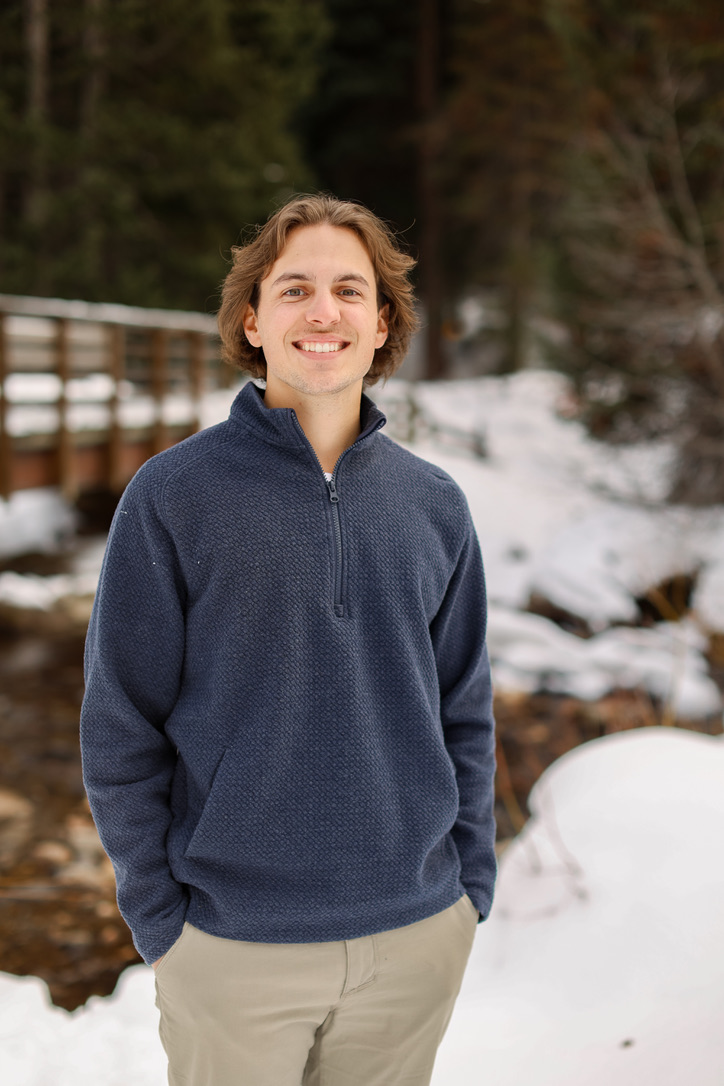
Kyle Ebner is an undergraduate senior at the University of Utah, majoring in Atmospheric Sciences with an emphasis on Professional Meteorology. He is currently focusing on studying changes in precipitation in hurricanes under climate change and winter snow forecasting. In his free time, he enjoys skiing, fly fishing, golfing, and playing guitar.
Research
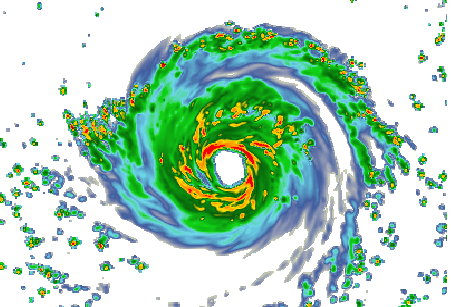
Extreme Weather and Climate
Extreme weather events are impacted by both anthropogenic climate change and natural climate variability. In turn, the occurrence of extreme weather helps determine Earth's climate through upscale effects on the global energy and hydrologic cycles. Motivated by both the positive and negative impacts of extreme weather on society and ecosystems, my research group studies the statistics of extreme weather, explores how these events fit into the global climate system, and projects how extreme weather will change in the future. My recent work on this topic has focused on how tropical cyclones and their precipitation are influenced by climate change, but I'm interested in all types of extreme weather.
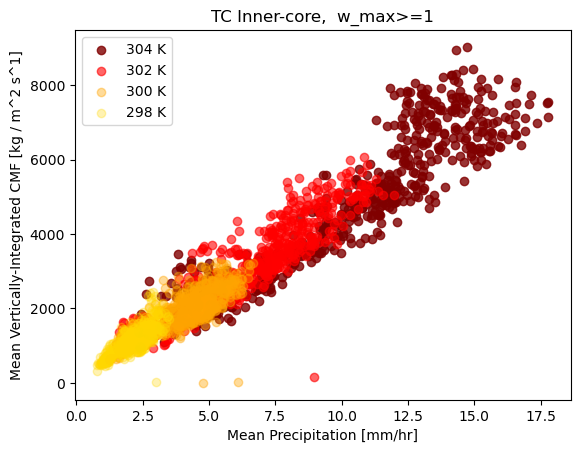
Precipitation Processes
My research group approaches studying precipitation through the different storm sytems that produce it, such as tropical cyclones, mesoscale convective systems, atmospheric rivers, and extratropical storms. Through the integration of atmospheric models, reanalysis, and observations,we will build a process-based understanding of storms and their precipitation. This increased understanding can help answer questions like why do some storms produce extreme precipitation while others don't and how are storms and their resulting precipitation impacted by natural climate variability and anthropogenic climate change.
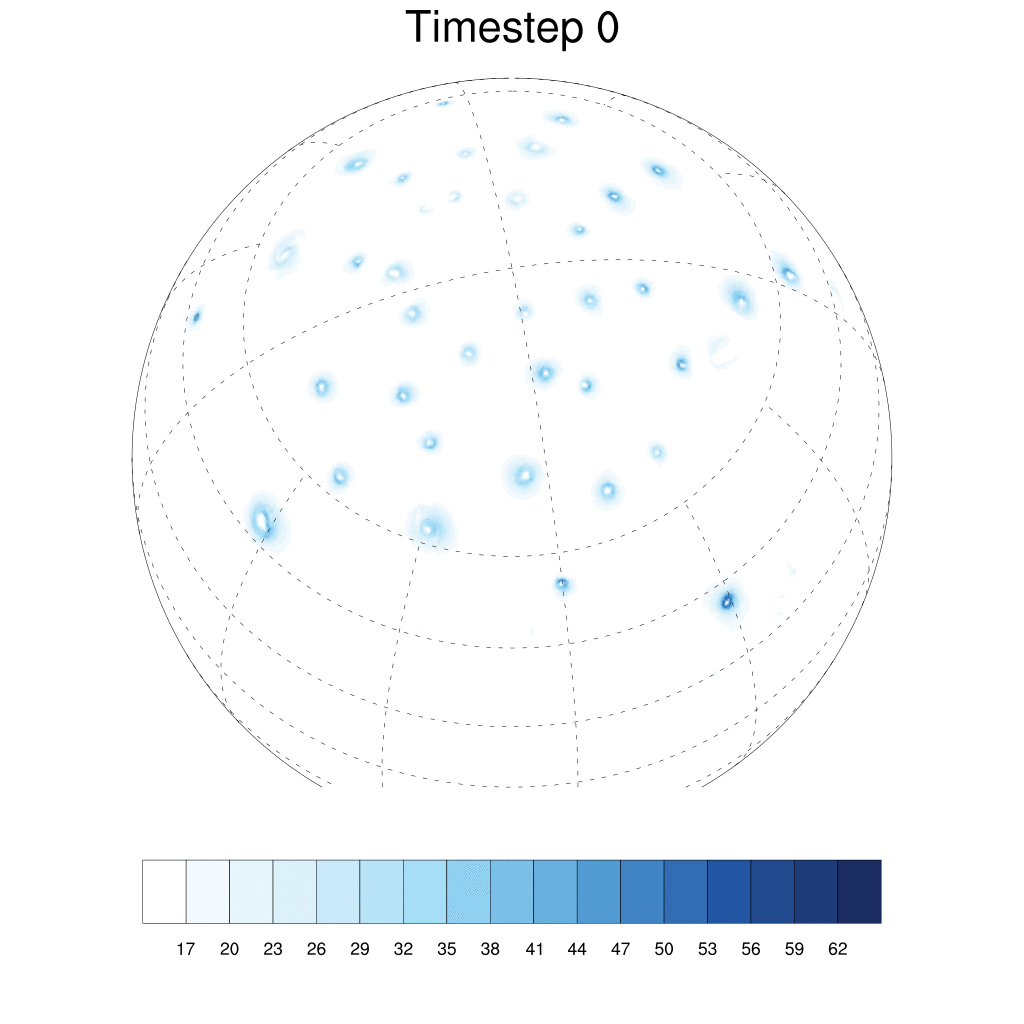
Modeling Across Scales
Research at the climate-weather interface requires models that can connect the large-scale climate system with mesoscale systems. My research group uses earth system models ranging from global climate models run with ~100 km grid spacing to simulations of individual weather events with grid spacing of ~1 km. These models across scales, in combination with idealized modeling, faciliate a more complete understanding of the relationship between climate and weather. In addition to atmospheric models, I'm interested in exploring hydrologic modeling as well with the goals of studying flooding from extreme precipitation events and improving the coupling between atmospheric and hydrologic models.
Recent Publications
*Underlined names are students I've advised or co-advised.
Stansfield, A. M. and K. L. Rasmussen. Quantifying Tropical Cyclone Vertical Mass Flux in Convection-Permitting Model Simulations. Submitted to Geophysical Research Letters. [Preprint].
Wang, Z., R. Rios-Berrios, D. P. Stern, ... A. M. Stansfield, P. V. Ayar, and E. Wisinski. On the Definition of Tropical Cyclone Seeds from a Climate Perspective. In revision for Bulletin of the American Meteorological Society.
For a full publication list, please see Alyssa's google scholar page.
Teaching
ATMOS 5000: Introduction to Atmospheric Science, Fall 2025
ATMOS 1120: Introduction to Earth System Science, Fall 2025 (co-teaching)
ATMOS 6030: Climate Dynamics, Spring 2025
ENS 101: Prospects for Planet Earth, Spring 2022 (at Stony Brook University)
